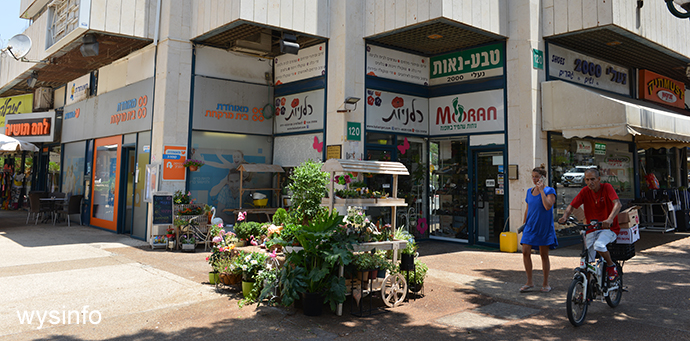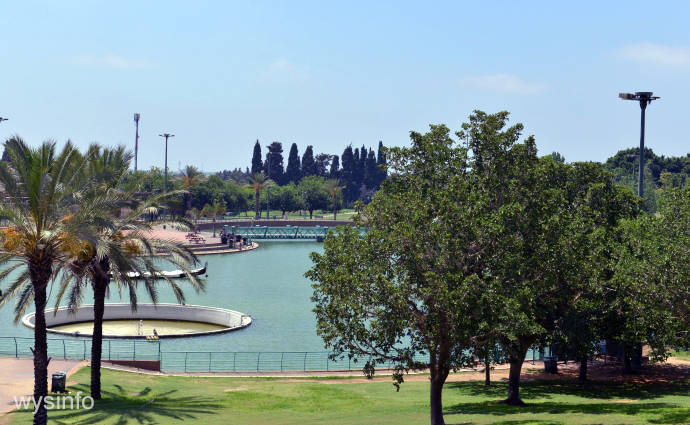‘Minush’ is a Ladino (Judeo-Spanish) adaptation of a popular Turkish love song
This video is part of the ‘All the World is a Stage’ project, initiated by Wysinfo in order to encourage international cooperation through culture.
To watch other performances that are part of this project, follow this link
Wysinfo – ‘All the World is a Stage Project’ Front Page.
Minush – Traditional Turkish/Ladino (Judeo-Spanish) song performed by Dr. Judith Cohen, Yayoi Okaniwa and Tamar Ilana.
Excerpt from the Song (Ladino/Turkish and English Translation)
Minush... Ladino (Judeo-Spanish)/Turkish English
Tres davinas en un tiesto,
una blanca y una rose
la d’en medio’s colorada,
empesijo del amor
Aman minush, minush
Kusum minush, minush
A la mar yo me va echar,
un pishcado ve’aferar
siete novias vo quitar,
yo a ti te va tomar.
Aman minush minush
kusum minush, minush
A los cielos va souvir,
a la siete tabaka
flecha d’oro vo’a echar,
ande caye’l mi masal
Aman minush, minush
yavrum minush, minush
Three carnations in a basket,
one is white and one is pink
the middle one is red,
the beginning of my love
Oh minush, minush
My bird minush, minush
I will throw myself into the sea,
and catch a fish from it,
I’ll take seven maidens,
but I’ll choose-only you.
Oh minush, minush
My bird minush, minush
I will climb up to the heavens,
to the seventh level
a golden arrow I will shoot,
wherever it lands will be
my destiny.
Oh minush, minush
My baby minush, minush
About the song
‘Minush’ is a Ladino (Judeo-Spanish) adaptation of a popular Turkish love song from the early twentieth century, with the refrain still sung in Turkish.
About the author
Anonymous. Traditional Ladino (Judeo-Spanish) song.
Ladino or Judeo-Spanish, known by several other names in different Sephardic contexts, came to be the diaspora language of the Jews descended from the Iberian Peninsula and islands.
Based on the languages they spoke before being expelled in 1492 (Spain) and 1497 (Portugal), especially Castilian, it was used in pre-expulsion Spain as a written language, especially for the translation of religious texts in Hebrew, and included some Hebrew words. Over the years in the diaspora, it also developed as a spoken vernacular, and acquired vocabulary from host cultures.
About the performers
Dr. Judith R. Cohen is a performer and ethnomusicologist specializing in Judeo-Spanish (“Ladino”) Sephardic songs, as well as in medieval and traditional music, including Balkan, Portuguese, Yiddish, and French Canadian, pan-European balladry and songs from Crypto-Jewish regions of the Portuguese-Spanish border. Judith’s performance repertoire and lectures draw on her village field work in several Mediterranean countries and in urban immigrant communities, and on her academic research.
Yayoi Okaniwa is a Japanese Sephardi/Ladino singer and musician. She graduated from the Kunitachi Music College in Tokyo and studied musicology at the Hebrew University of Jerusalem. She performs as a soloist and in numerous vocal and instrumental ensembles of baroque & medieval music as well as traditional Sephardic Jewish music.
Tamar Ilana is a Canadian artist who grew up touring throughout the Mediterranean and North America with her ethnomusicologist mother, Dr. Judith Cohen. By the age of five, Tamar was singing Ladino, Balkan and Medieval music in multiple languages and had already recorded her first album. At eight, she began studying flamenco dance. In 2011, Tamar founded her band, Ventanas, meaning windows in Spanish, reflective of Tamar’s life as a series of windows onto numerous cultures and styles of music, dance and art.
About the location

The video was recorded in the city of Raanana in a private home as part of a home-hosting concept that supports appreciation of cultural activity within a community. This is a growing trend that encourages musical performances in small intimate gatherings.
Raanana is a small city, located in the Sharon area of Israel, just north of Tel Aviv. It was founded in 1922 by a group of New York immigrants. After purchasing the land for a farming venture in 1912, the group from America eventually managed to settle on the land only after the First World War. In the beginning it was an agricultural village and today, it is one of the high tech centers of Israel.

External links